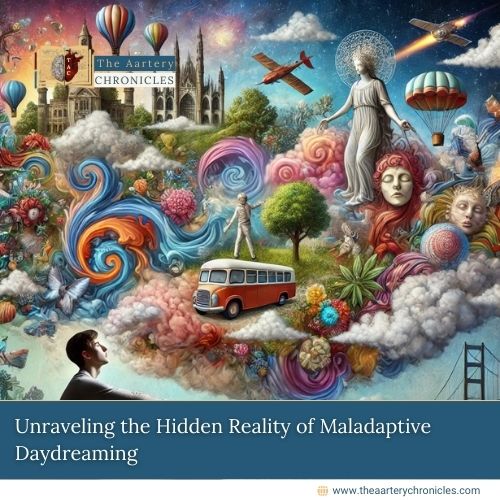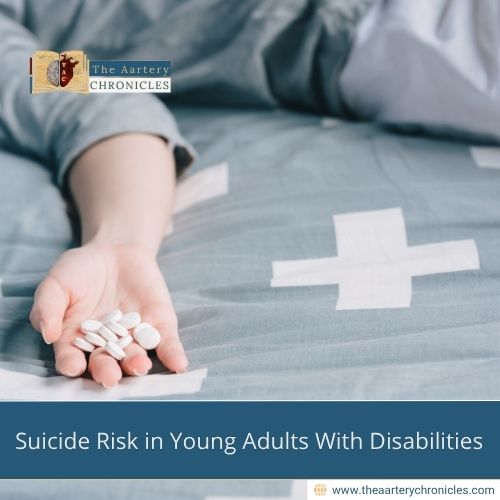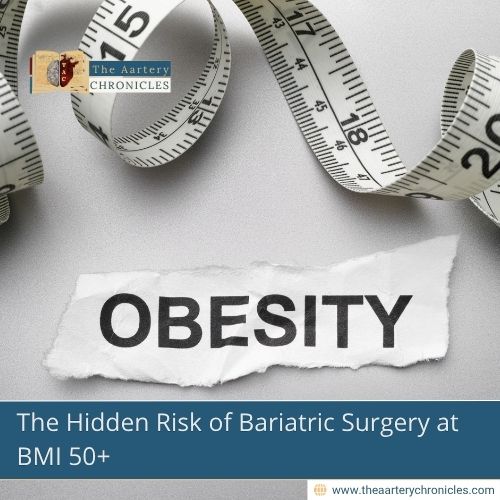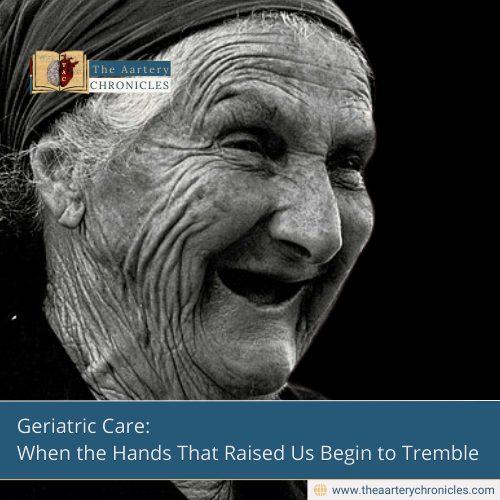

Unraveling the Hidden Reality of Maladaptive Daydreaming
Living in a Fantasy: The Complex World of Maladaptive Daydreaming
Maladaptive Daydreaming (MD) is a psychological condition in which individuals experience intense, vivid, and compulsive daydreaming that significantly interferes with their daily life and functioning. Those with MD create elaborate, realistic scenarios in their minds, often involving complex characters, plots, and settings, which can feel almost like an alternate reality. Unlike regular daydreaming, MD is characterized by its compulsive nature and its negative impact on daily life [1,2].
Some individuals report experiencing a form of lucid daydreaming, in which they are aware that their daydreams are fictitious, yet they intentionally immerse themselves in them, continuing to daydream [3].
Symptoms of Maladaptive Daydreaming

The symptoms of maladaptive daydreaming can vary but often include the following:
- Compulsion to daydream
- Intense and vivid daydreaming
- Struggle to control the frequency and duration of their daydreams
- Feeling guilt or shame about the amount of time they spend daydreaming
- Disruptions in sleep [4]
- Behavioural addiction
- Guilt
- Making noises (talking, laughing, etc., while daydreaming)
- Preferred over other tasks and activities [5]
Causes and Risk factors of Maladaptive daydreaming
Maladaptive Daydreaming is often linked to emotional distress, trauma, loneliness, and an urge to escape reality, with potential triggers like movies or music. The risk factor s associated with Maladaptive daydreaming may include:
- Often linked to trauma or loneliness.
- Emotional distress.
- Stress
- Loneliness
- Urge to escape reality
- Can also be triggered by movies, music, etc.
- Coping mechanism for managing unmet emotional needs [6].
- Some studies suggest that there’s a correlation with traits common in autism spectrum disorders.
- Cognitive traits such as high levels of imagination and creativity may predispose individuals to MD [7].
- Digital media’s role in facilitating immersive fantasy experiences.
Negative Impacts of Maladaptive daydreaming
Maladaptive Daydreaming may negatively impact life,as individuals may prioritize daydreaming over real-life interactions.
- Neglecting real-life responsibilities.
- Disrupted sleep patterns
- Social isolation as the person may prefer daydreaming over socializing [4]
Diagnosis of Maladaptive daydreaming
Diagnostic criteria are based on the intensity, frequency, and impact on the individual’s daily life. It is typically self-diagnosed by individuals who recognize their symptoms. MD is not officially recognized in the DSM-5 (Diagnostic and Statistical Manual of Mental Disorders, Fifth Edition), making diagnosis somewhat challenging [1].
It is important to distinguish MD from other conditions such as dissociative disorders or attention deficit disorders. MD may also be associated with dissociative symptoms, such as feelings of detachment from reality, which complicates the diagnosis and management [5].
Treatment of Maladaptive daydreaming
There is no standard treatment for MD, but Cognitive Behavioral Therapy (CBT) can help improve the condition. Managing triggers is also an important aspect of treatment.
- Cognitive Behavioral Therapy (CBT): It helps individuals understand their condition, change their daydreaming patterns, and develop healthier coping strategies [3].
- Mindfulness practice: This technique helps to increase self-awareness of daydreaming triggers [4].
- Antidepressants: Medications may be prescribed if MD is associated with conditions like depression or anxiety.
- Self-help strategies: Channeling daydreaming into creative activities or developing alternative coping mechanisms [6].
- Acceptance and Commitment Therapy (ACT): Helps individuals engage more fully with their daily lives [7].
- Anxiolytics: These may be used to manage anxiety symptoms that contribute to excessive daydreaming but are typically used short-term [5].
- Relaxation techniques: Help increase self-awareness and manage daydreaming impulses.
Emerging Therapies of Maladaptive daydreaming
Emerging therapies offer innovative approaches to managing Maladaptive Daydreaming, focusing on reducing triggers and enhancing real-world engagement. These include:
- Virtual Reality (VR) Therapy: This involves creating controlled environments to help individuals manage daydreaming by offering immersive, real-world experiences that can be regulated.
- Digital Detox: Reducing exposure to digital media and virtual environments that may trigger or reinforce daydreaming.
Conclusion
Maladaptive Daydreaming is a complex psychological condition that can significantly disrupt an individual’s daily life and well-being. While it may provide temporary escape and comfort, the compulsive nature of this behavior often leads to negative consequences, such as social isolation, disrupted responsibilities, and emotional distress. Understanding the underlying causes and implementing effective coping strategies, including therapy and self-help techniques, can help individuals regain control over their daydreaming tendencies. As awareness of Maladaptive Daydreaming grows, so does the potential for developing targeted interventions that can improve the quality of life for those affected. Seeking professional help and fostering connections with supportive communities are essential steps toward managing this condition and embracing a more balanced and fulfilling life.
- Somer E. Maladaptive Daydreaming: A Qualitative Inquiry. J Contemp Psychother. 2002;32(2):197-212.
- Somer E, Lehrfeld J, Bigelsen J, Jopp DS. Development and validation of the Maladaptive Daydreaming Scale (MDS). Conscious Cogn. 2016;39:77-91.
- Bigelsen J, Lehrfeld JM, Jopp DS, Somer E. Maladaptive Daydreaming: Evidence for an under-researched mental health disorder. Conscious Cogn. 2016;42:254-66.
- Soffer-Dudek N, Somer E. Trapped in a Daydream: Daily Elevations in Maladaptive Daydreaming are Associated with Daily Psychopathological Symptoms. Front Psychiatry. 2018;9:194.
- Cleveland Clinic. Maladaptive Daydreaming: What Is It, Causes & Treatment [Internet]. Cleveland Clinic; 2023. Available from: https://my.clevelandclinic.org/health/diseases/23336-maladaptive-daydreaming.
- Schimmenti A, Caretti V. Psychic retreats or psychic pits? Unbearable states of mind and pathological withdrawal in trauma survivors. J Trauma Dissociation. 2010;11(4):397-410.
- Somer E, Soffer-Dudek N, Ross CA, Halpern N. The comorbidity of daydreaming disorder (maladaptive daydreaming). Front Psychiatry. 2017;8:389.

Lekshmi Prasad
MBBS








